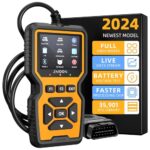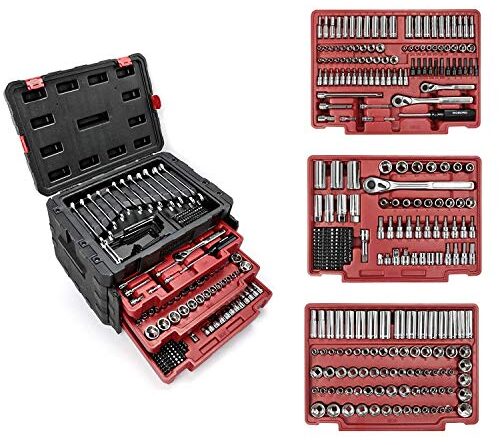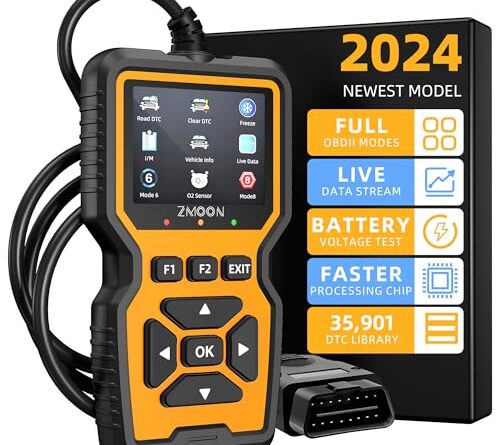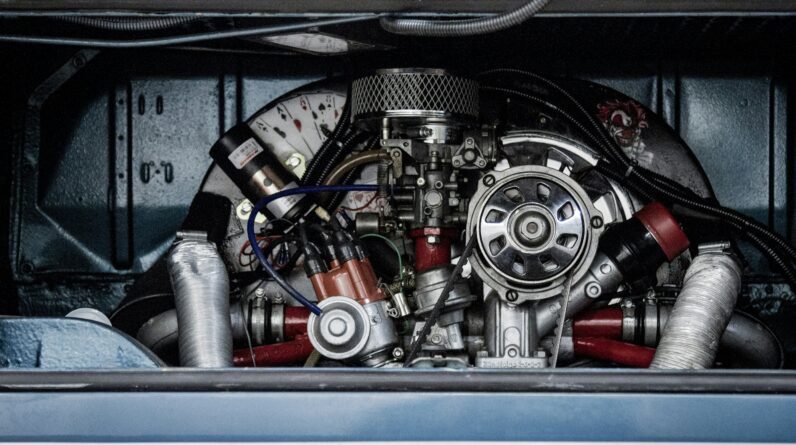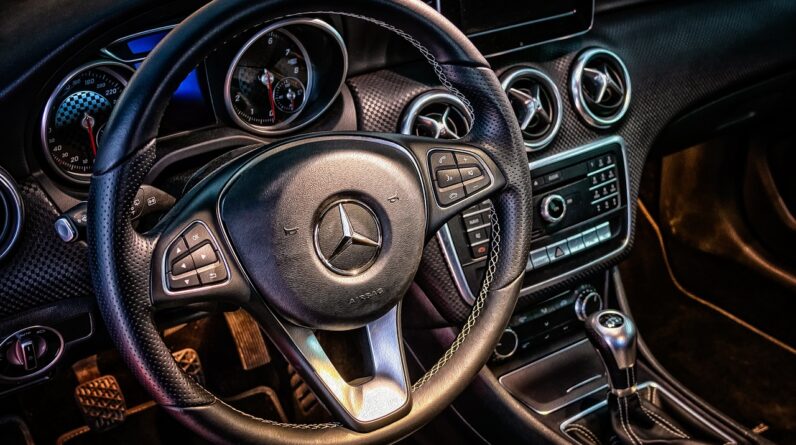
Disclaimer: This post may contain affiliate links. As an Amazon Associate, we earn from qualifying purchases.
Is your car giving you trouble? Wondering what exactly goes into a full car diagnostic? When you bring your vehicle in for a full car diagnostic, you can expect a thorough inspection of its various systems and components.
From checking the engine codes to examining the electrical and mechanical functions, a full car diagnostic covers every aspect of your vehicle to pinpoint any issues and provide you with an accurate diagnosis.
With this comprehensive assessment, you’ll have a clear understanding of what needs to be repaired or replaced, allowing for a smoother and more efficient running car.
What Does A Full Car Diagnostic Include?
When you take your car in for a full diagnostic, the technicians will perform a thorough examination of every major system and component of your vehicle. This comprehensive testing helps identify any potential issues or hidden problems that may exist, giving you a clear picture of the overall health of your car. Let’s take a closer look at each step involved in a full car diagnostic.

This image is property of pixabay.com.
Checking the Engine Control Unit (ECU)
The Engine Control Unit (ECU) is essentially the brain of your car’s engine. It controls various aspects of engine performance, such as fuel mixture, ignition timing, and emissions. During a full car diagnostic, the technicians will scan the ECU for any error codes or malfunctions. By analyzing the data stored in the ECU, they can pinpoint specific issues and determine the appropriate course of action.
Scanning for Diagnostic Trouble Codes
In addition to the ECU, the technicians will also scan the car’s computer system for Diagnostic Trouble Codes (DTCs). These codes provide valuable information about any problems or malfunctions that may be occurring in various systems of the car. By reading these codes, the technicians can easily identify areas that require further inspection or repair.
Checking the Battery and Charging System
The battery and charging system are vital for the overall operation of your car. During a full car diagnostic, the technicians will test the battery‘s voltage and perform a load test to ensure its efficiency. They will also inspect the alternator, which is responsible for charging the battery while the engine is running. This step helps identify any issues with the battery or charging system, such as a weak battery or a faulty alternator.
Inspecting the Fuel System
The fuel system plays a crucial role in delivering the right amount of fuel to the engine for combustion. A full car diagnostic includes an inspection of the fuel system, including the fuel pump, fuel filter, and fuel injectors. The technicians will check for any clogs, leaks, or other potential problems that may affect the efficiency and performance of the fuel system. This thorough examination helps ensure that your car is running at its optimal level.

This image is property of pixabay.com.
Examining the Ignition System
The ignition system is responsible for starting your car and providing the necessary spark to ignite the fuel-air mixture in the engine’s cylinders. During a full car diagnostic, the technicians will inspect various components of the ignition system, such as the spark plugs, ignition coils, and ignition wires. They will check for any signs of wear, damage, or malfunctions that may affect the ignition process. By examining the ignition system, they can ensure that your car starts smoothly and runs efficiently.
Evaluating the Emissions System
The emissions system is designed to control and reduce the amount of harmful pollutants released into the atmosphere by your car’s engine. A comprehensive car diagnostic involves evaluating the emissions system, including the catalytic converter, oxygen sensors, and EGR valve. The technicians will check for any faults or malfunctions that may cause increased emissions or trigger the check engine light. This step ensures that your car meets the necessary emission standards and remains environmentally friendly.
Testing the Transmission
The transmission is responsible for transferring power from the engine to the wheels, allowing your car to change gears smoothly and efficiently. During a full car diagnostic, the technicians will test the transmission for any signs of wear, slippage, or other problems. They will check the transmission fluid for proper levels and quality, and inspect the various components, including the clutch, gears, and torque converter. This thorough examination helps identify any potential issues and ensures the smooth operation of your car’s transmission.
Inspecting the Brake System
The brake system is crucial for your safety and the safety of others on the road. A full car diagnostic includes a comprehensive inspection of the brake system, including the brake pads, rotors, calipers, and brake lines. The technicians will check for any signs of wear, damage, or malfunctions that may compromise the effectiveness of the brakes. They will also examine the brake fluid for proper levels and quality. This step ensures that your brakes are in optimal condition and capable of stopping your car safely.
Checking the Steering and Suspension System
The steering and suspension system plays a vital role in the handling and stability of your car. During a full car diagnostic, the technicians will inspect various components of the steering and suspension system, such as the shocks, struts, tie rods, and control arms. They will check for any signs of wear, leaks, or other issues that may affect the performance of the system. This examination ensures that your car provides a smooth and stable ride, enhancing both comfort and safety.
Examining the Electrical System
The electrical system in your car powers various components and accessories, such as lights, radio, power windows, and more. A full car diagnostic includes an examination of the electrical system, including the battery terminals, fuses, relays, and wiring. The technicians will check for any loose connections, damaged wires, or faulty components that may cause malfunctions or electrical issues. By inspecting the electrical system, they can ensure that all electrical components are functioning properly and provide you with a hassle-free driving experience.
In conclusion, a full car diagnostic covers a comprehensive examination of all major systems and components of your vehicle. From the engine control unit to the steering and suspension system, every part undergoes a thorough inspection to identify any potential issues or malfunctions. By addressing these problems early on, you can prevent further damage and ensure the optimal performance of your car. So, the next time you’re considering a full car diagnostic, rest assured that the technicians will leave no stone unturned to provide you with a detailed analysis of your car’s condition.
This image is property of pixabay.com.


